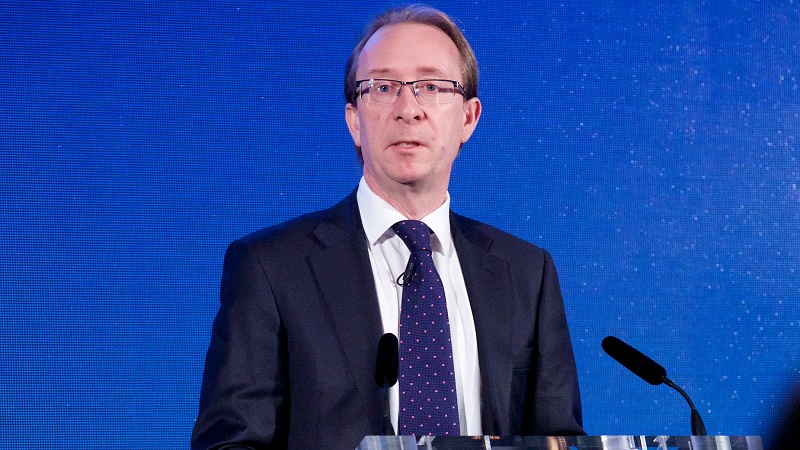Finally, a degree of optimism is returning to the financial markets – albeit in fits and starts. The escalation of US-Sino trade hostilities aside, growth expectations have rebounded somewhat since the end of 2018. And yet doubts remain over the US economy’s ability to weather a potential recessionary storm, with some believing a US interest rate cut is not only necessary but imperative to ensure the ‘good ship global economic growth’ steers a steady course. After all, when the US sneezes the world catches a cold.
US interest rates – the only way is up
I disagree with the market’s view that a fall in interest rates in the world’s number one economy is necessary and stick to my view that the next move in US interest rates should be upwards. This isn’t the result of me putting my finger in the air to test which way the wind is blowing. Rather, it is the overarching conclusion of continuously monitoring several leading economic indicators – such as employment levels, the oil price, the yield curve and the level of housing inventory.
Taking US employment first, the unemployment rate stands at its lowest level for 50 years. With 80% of the economy service-sector based, and therefore labour intensive, it is difficult to know why investors are so concerned about a recession, especially when the multiplier effect of an uptick in US wages (growing at an annualised rate of over 3%) kick-starts consumption. Furthermore, one of the most important variables in the US consumer price inflation basket is the change in the oil price. As the current level sits comfortably towards the bottom of its long-term trading range, this is more good news for a gas-guzzling US consumer.
The yield curve – is it still a good recessionary indicator?
Granted, the shape of the yield curve (measuring the spread between yields on short-term and long-term maturity bonds) has caused some concern. As a harbinger of previous recessions, it has been uncannily accurate, predicting almost every downturn since the end of the Second World War. But even if the yield curve does invert, it is important to remember that the typical lag between this occurrence and the onset of an actual recession is over 18 months.
And so to my final indicator – the level of US housing inventory. Given buoyant demand for housing in the US is so crucial to the healthy functioning of its economy, the rising level of unsold houses is another key barometer which can be a reliable tool for flagging any downturn. While the stock of housing inventory has been rising gently over the last few months, it is not at a level to be overly concerned by, and in fact more recently, housing demand has picked up. With the US central bank ending its run of interest rate hikes, at least for the moment, downward pressure on mortgage rates should tempt buyers in at the margin.
Still value in corporate bonds
With the sovereign bond market gripped by fears of a recession, it is unsurprising that developed market yields are richly valued. In the UK, 10-year Gilt yields stand at just over 1%. That is the equivalent of buying a stock on a multiple of 100 times price/earnings (p/e) ratio. To put that in context, the long-term p/e of the FTSE All-Share index is around 15 times.
So, while we continue to avoid sovereign bonds, given my overall optimism it is not hard to understand why I like corporate bonds more than the market. The difference in value between corporate investment-grade (IG) bonds on the one hand, and high-yield (HY) bonds on the other, has rarely favoured IG investments to the extent that it does currently. Within IG corporate bonds , value can be found in BBB-rated companies that are both willing and able to defend their credit status. While we have difficulty with short duration, credit spreads continue to look attractive. In other words, we are not taking interest rate risk but we are taking credit risk.











